
As with most of life, we tend to look at the glamorous and exciting parts of cycling and not think about the “What ifs”. Sure, we live in a mostly civilized society and, therefore, you would think that you could ride in the embrace of brotherly love where ever you like. This isn’t Philadelphia, sister and have you ridden there lately? I didn’t think so.
Remember this:
All those cars.
They are out to get you.
Believe it.
Now, here’s your cheesesteak.
Because I am filled with kindness and concern, I have put this simple guide together to help you succeed in your cycling goals. I have broken it down to the basics: how, what, when, where, and ride. Read on and prosper!

How to prepare
"If you fail to prepare, you prepare to fail”
Thanks, pop! Okay, so your dad often overwhelms you his quips of wisdom, but in this case, he is right. Preparation is an essential part of ensuring you have a good ride that results in you returning home in one piece. There are some simple things you can do before you load up and head out.
Stuff to bring
Here is a quick list of items that are universally good for a cyclist to have. If the weather is questionable, you will also want to think about what you need to keep yourself as dry as possible:
- Helmet (duh)
- Sunglasses (for protection against flying objects, glare. They also make you look way cool)
- Toolkit (For tire repairs unless you have Tannus Airless tires. Then you're Pro & Go)
- First aid kit (In case of bear attack)
- Hydration (Basic rule of thumb is 16 oz/hr of ride on a cool day)
Check your bike. Tighten all the things.
You should go over the essentials of the bike to make sure everything is in road-worthy condition. This would include tires, brake pads, cables, quick-release levers and so forth. Look for any loose nuts or items with noticeable wear. Make sure nothing is protruding from your tires or that you are running those lovely, red Slicks.
All set? Let's get dressed.

What to wear
Every cyclist heading out on a ride should have two priorities: Being seen and being comfortable.
This doesn’t only mean you have to look good for your riding buddy, you need to help the humans driving cars to see you and avoid manslaughter by bumper. Having reflective tape on your helmet or a day glow kit or jacket will help get some pop on your top. You should also have lights or reflectors on your bike. Anything you can do to make your presence known that doesn't get you arrested is worth thinking about.
Keeping yourself decent outdoors should also take your own comfort into account. Having riding shorts or bibs with good padding in all the right places goes a long way to cut down on regret and longevity. Your helmet (You have one of course) that fits well and breathes will keep your reputation as a hot head at bay. In fact, having good flow in all of your clothing is a good idea so you won’t overheat and dehydrate faster than you can drink water.
As mentioned already, watch the weather. If it's dodgy, bring along some rain gear just to be safe.
When to go
It’s simple. Try to ride when everyone else is comfortably occupied somewhere other than where you will be pedaling. Early morning rides seem like the quickest answer and, for some, it is the best way to go. However, there will likely be less sunlight, chilly temps, and some traffic for the early commuters. If you can get out on mid-afternoon training rides, you will deal with less traffic, warmer temps and avoid the office afternoon slump.
Please make sure, when you are starting a new route, to drive it first at the intended time of day. This will give you a sense of what traffic is like then and any obstacles or places to avoid.

Where to ride
Here is an important area of consideration (see what I did there). While it is convenient to simply ride from your driveway, you may want to consider transporting your bike to a less trafficked area. What we are looking for are routes that offer plenty of space for you and other vehicles ride harmoniously together and maintain personal space. You also want the right geological features for your training program. Roads or parks with bike lanes are going to be ideal, but rarely have the distance a training program requires. Remote two-lane highways can work, but be aware of the traffic patterns and find the best time to ride in blissful lonesomeness.
While you're at it, find someplace that is surrounded by green land to keep the temps down and it will give you something pretty to look at.
Ride safely
Now, the specifics on getting along with everyone else on the road. 3 basic practices.
-
Ride facing trafficThe math is simple. If you are riding at 20 mph and a car is humming along at 35 within 3-5 feet from you, the room for error is much smaller than it would be if you were traveling on the other side of the road headed in the same direction as that car. ride in the direction of the flow.
-
Observe traffic rulesIf you ever questioned whether you must stop at traffic signals or stop signs, don’t. You must stop and follow the same laws all of the motor vehicles are supposed to. This will protect you in the same way it is intended to protect everyone.
-
Avoid the sidewalkThere is another danger lurking. It stands at about 3’ 2” and is carrying an ice cream cone. A collision with a pedestrian will result in a poor outcome for all involved here. There is no way to see or predict when someone will step onto that concrete walkway and plant a big one on your kisser. Keep on the road to the end of all possibilities.
- Let people know
A good practice is to ensure someone knows (probably someone who cares) that you are out on a ride and where you are going. If you don't show up by a certain time, they will know to call out the hounds and find your double-flatted bike (Did I mention that airless tires don't have this problem?).

It’s a grand life, isn’t it? You get to go out and ride with complete freedom – uninhibited by laws, dangers, or predators. It’s all about perspective. Overall, the list of gotchas isn’t too overwhelming once you get the hang of it all. It’s always better to come off a ride with the potential to enjoy it again tomorrow.
This is by no means all of the precautions one can take in the exciting world of road cycling. If you see something you would add, please share you wizened thoughts. We are all ears, except our helmet’s on and we are in traffic typing this on our iPhone so, we won’t hear anything so leave a comment below and we will read it later.

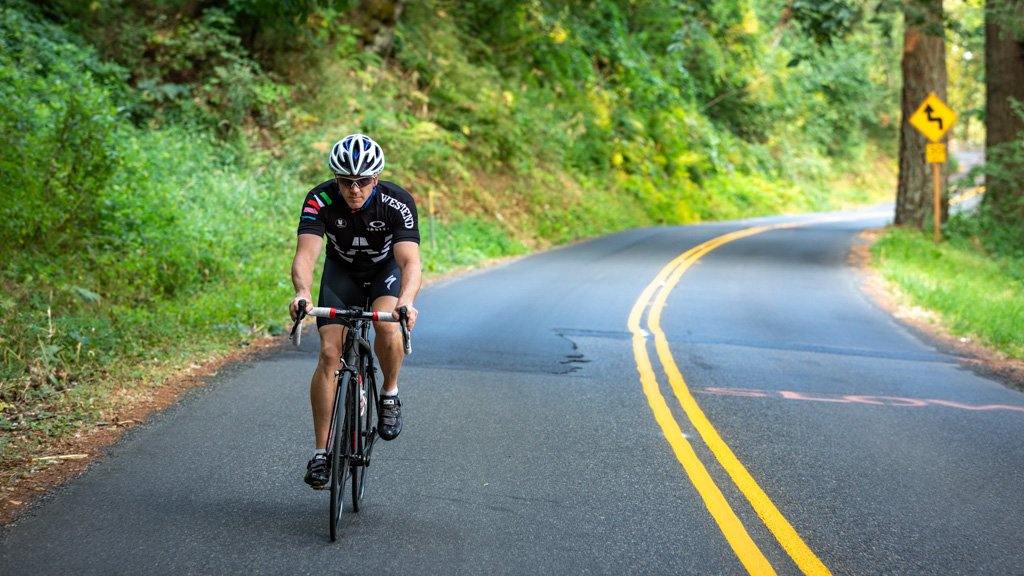
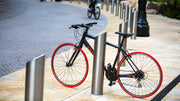
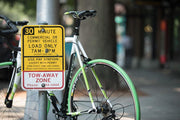
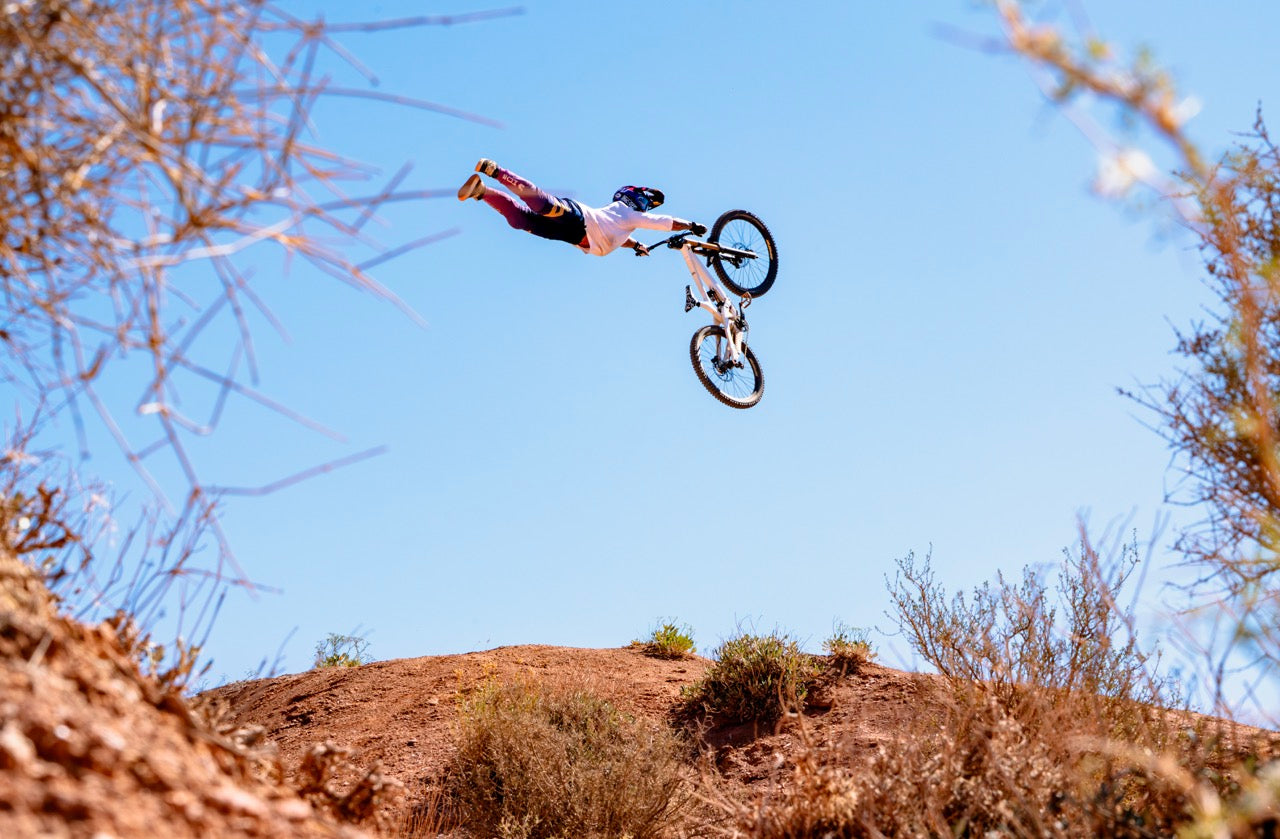
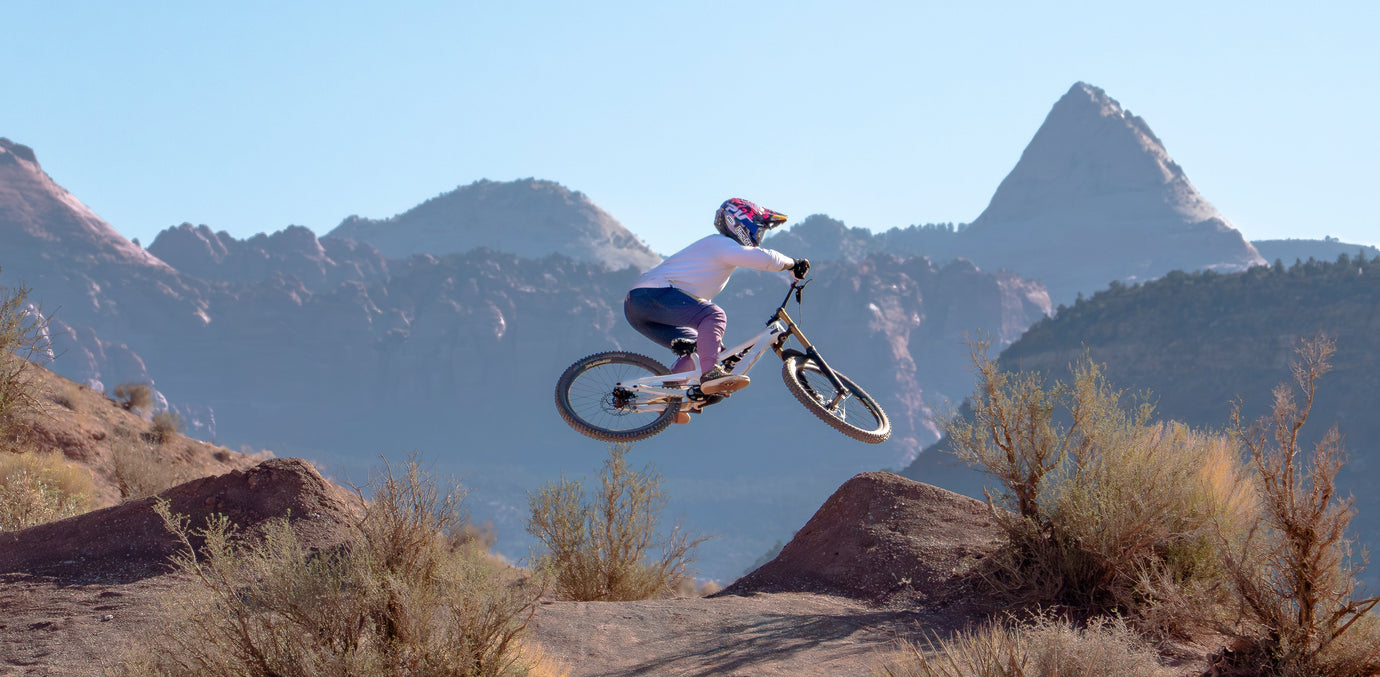
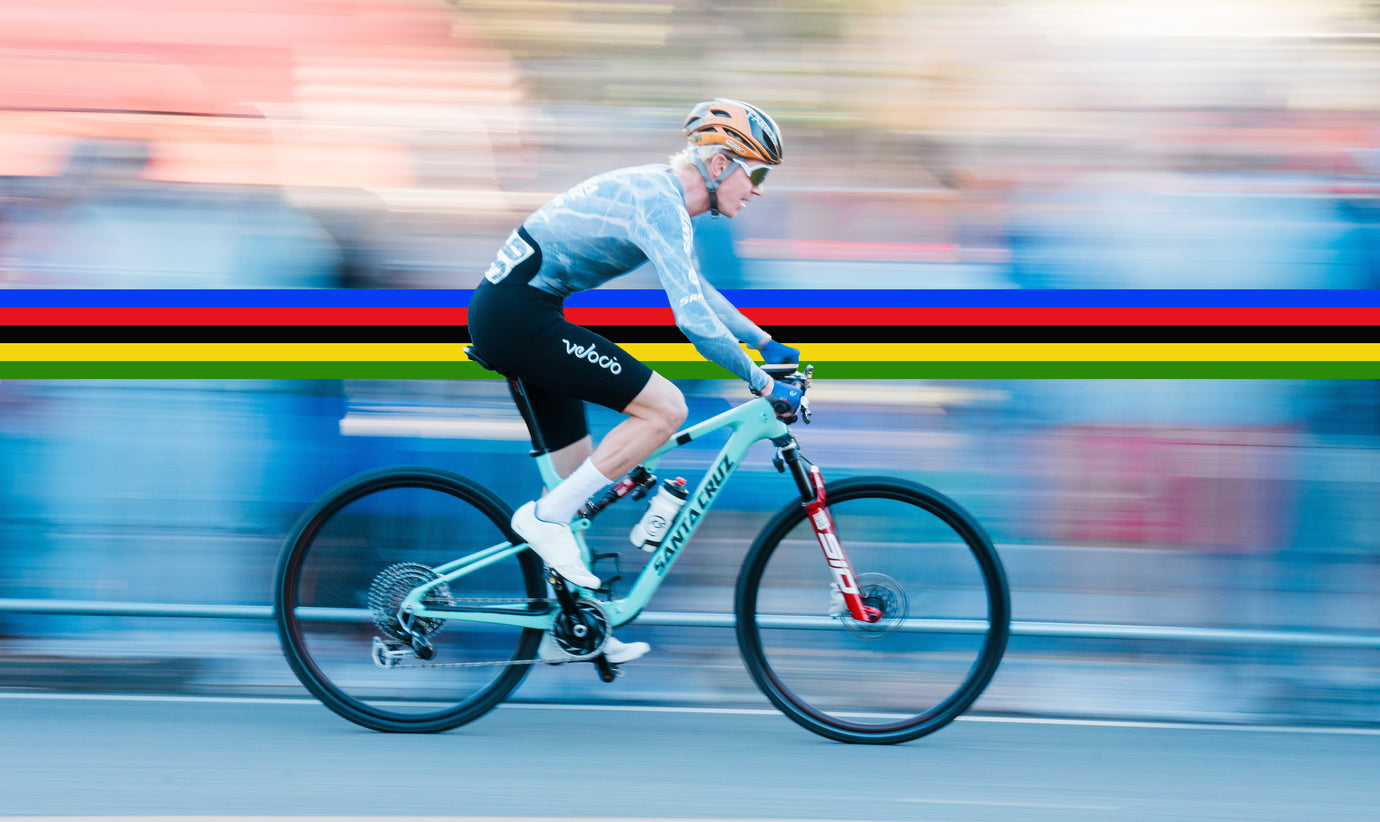
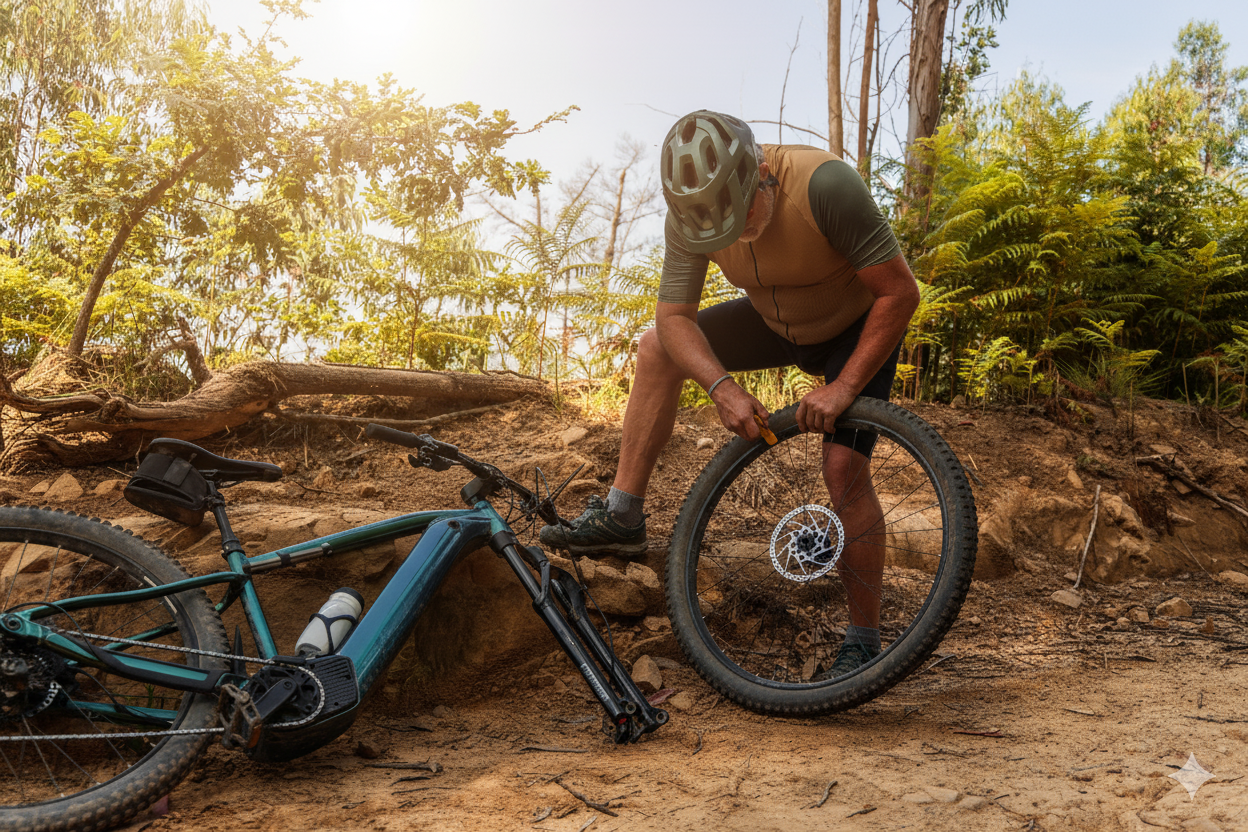
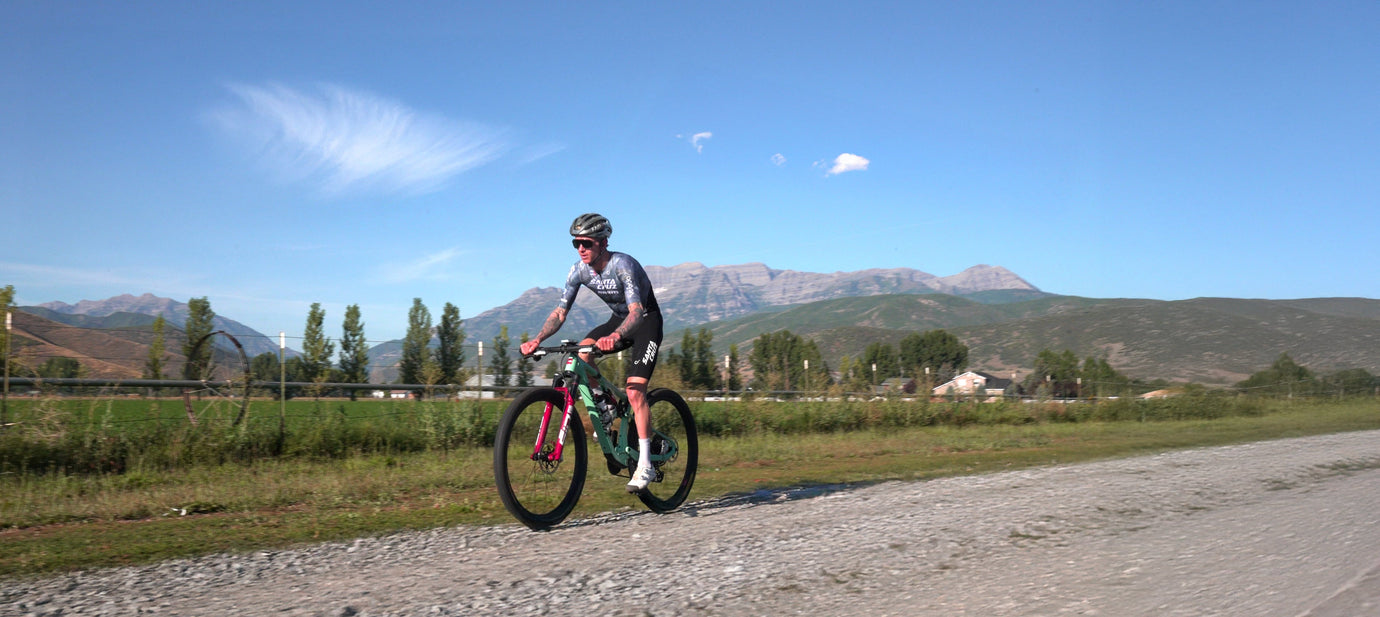
WHAT IS THE WIEGHT OF YOUR 700X23 TIRES